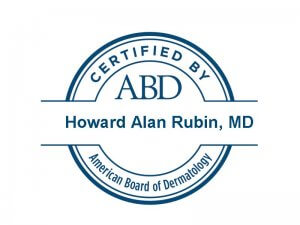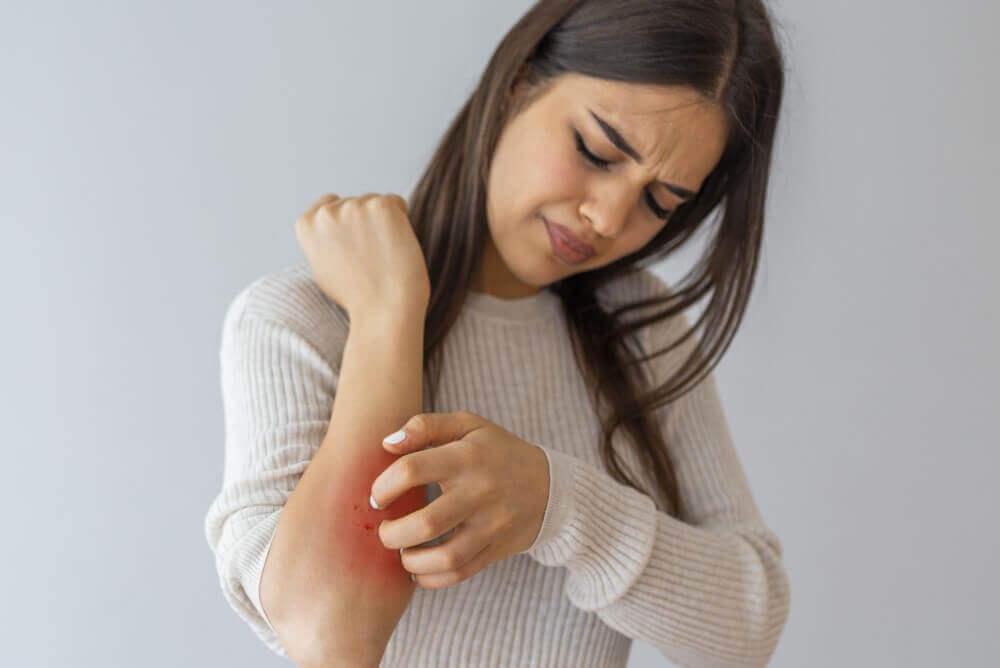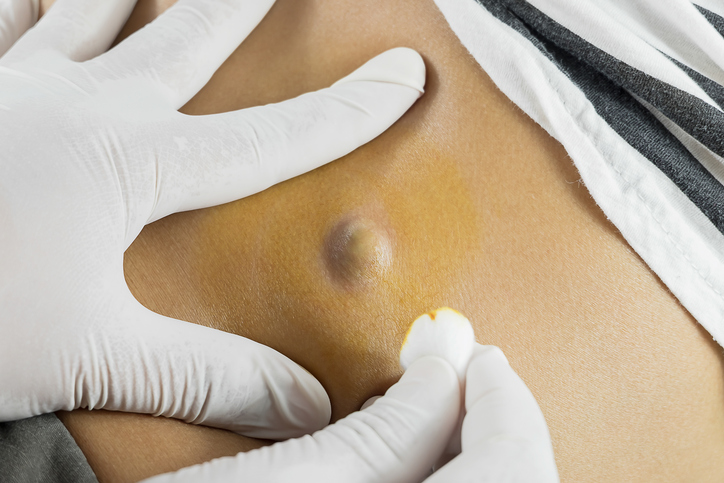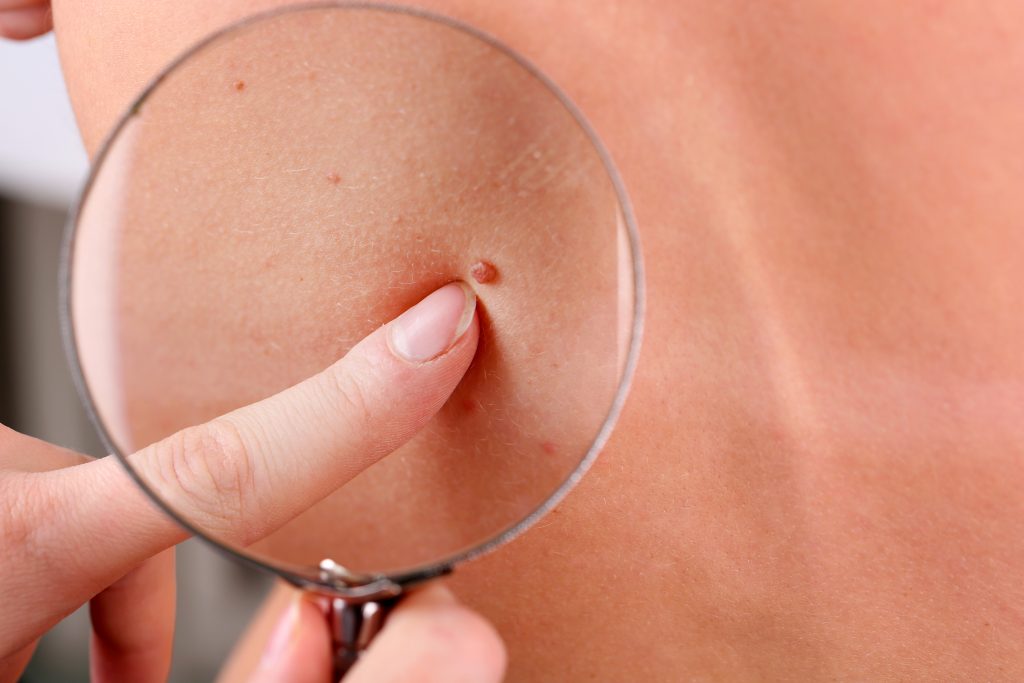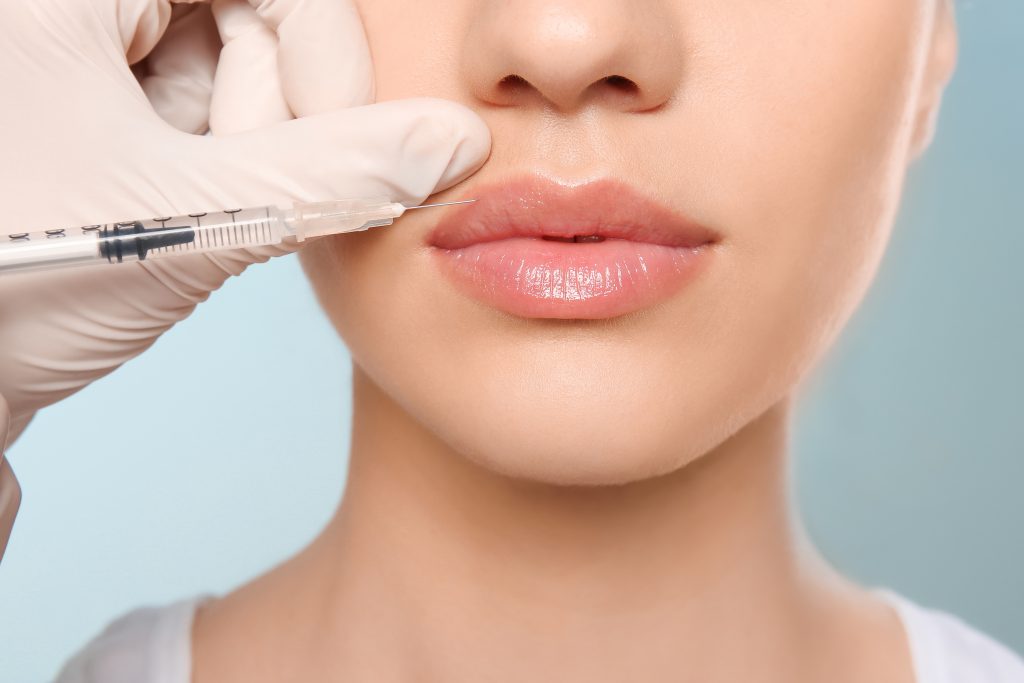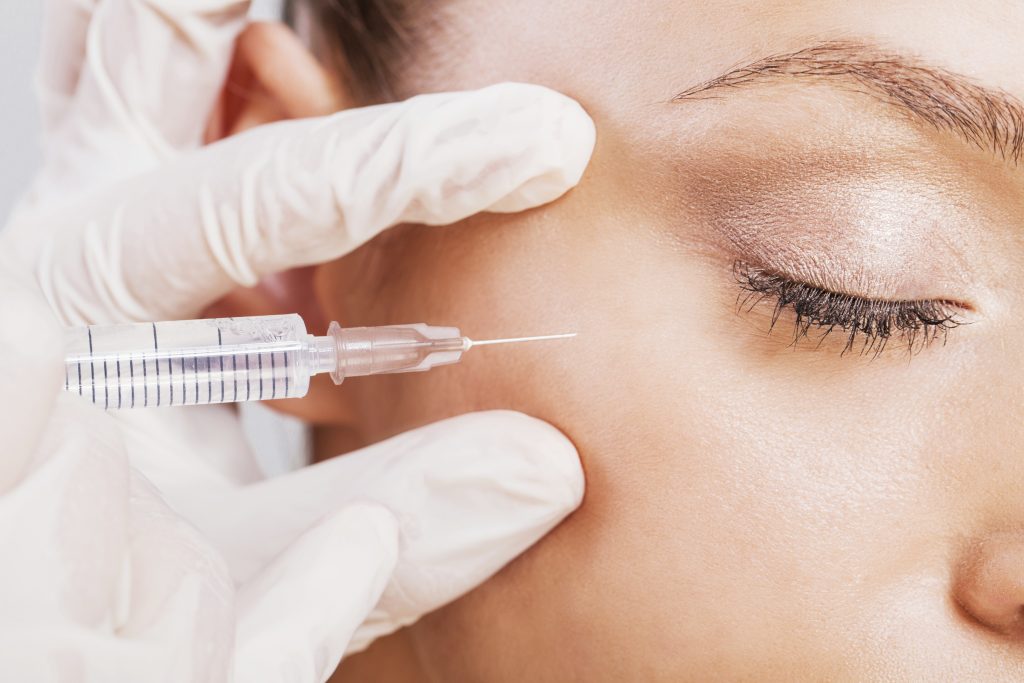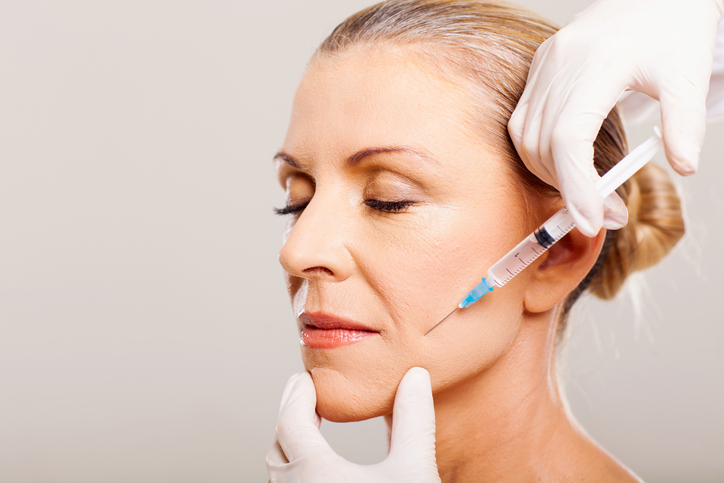.sl_badge_150 {width:150px;text-align:center;background-color:rgb(255,255,255);font-family:arial;font-size:12px;border:1px solid rgb(191,191,191); border-bottom:4px solid rgb(86,131,154);line-height:1.5;}
.sl_badge_150 .profile {padding:2px;}
.sl_badge_150 a {color:rgb(131,7,30);text-decoration:none;}
.sl_badge_150 a:hover {text-decoration:underline;}
.sl_badge_150 .online{width:100%;text-align:center;font-family:arial,sans-serif;font-style:italic;font-weight:bold;font-size:12px;color:rgb(148,0,37);}
.sl_badge_150 .visit { text-align:center; font-size:12px; }
Howard Rubin, MD, FAAD
Board-Certified Dermatologist
Fellow of the American Academy of Dermatology

Dr. Howard A. Rubin has been providing outstanding dermatological care in Dallas since 1992. He earned his doctorate from Baylor College of Medicine in Houston, Texas. He served as a pediatric intern at Baylor College of Medicine/Texas Children’s Hospital before completing his dermatology residency at Baylor College of Medicine.
Board-Certified by the American Board of Dermatology, Dr. Rubin is the past president of the Dallas Dermatological Society. To stay up-to-date on the latest advancements in the field of dermatology, Dr. Rubin maintains active membership in numerous prestigious professional organizations such as the American Academy of Dermatology, Texas Dermatology Society, Dallas County Medical Society, Dallas/Fort Worth Dermatological Society, American Medical Association and the Texas Medical Association.
Dr. Rubin served as section chief of the Division of Dermatology at Medical City Dallas and is also on staff at Baylor University Medical Center. He has regularly been voted one of Dallas’s top dermatologists by D Magazine since 2001. Dr. Rubin has also been consistently listed in Texas Monthly magazine’s list of Super Doctors.
Dr. Rubin has volunteered his time with Project Access for many years, providing free dermatologic care to uninsured county residents who qualify for this program sponsored by the Dallas County Medical Society. He also regularly participates in free community-wide skin cancer screenings offered by the Dallas Dermatological Society.
Dr. Howard Rubin practices at U.S. Dermatology Partners North Dallas.
Badges & Awards
Specialties and Affiliations
- American Board of Dermatology – Board Certified
- American Academy of Dermatology – Fellow
- Texas Dermatology Society
- Dallas County Medical Society
- Dallas/Fort Worth Dermatological Society
- American Medical Association
- Texas Medical Association
Badges and Awards
Featured Articles
Featured Blogs
- Super Doctors 2023 Recognizes 43 U.S. Dermatology Partners Physicians in Peer-Nominated Award
- U.S. Dermatology Partners Announces the Opening of New Dallas, Texas Office
- Thirty-One U.S. Dermatology Partners Dermatologists Across Texas Received Super Doctor & Rising Star Awards
- Is Cutaneous T-Cell Lymphoma Deadly?
- Texas Monthly Super Doctors 2020 Recognizes 35 U.S. Dermatology Partners Physicians in Peer-Nominated Award
- 10 Labor Day Tips for Protecting Your Skin When Working Outdoors
Clinic Locations
Insurance Plans Accepted By Howard Rubin, MD
- Aetna
- Ambetter
- Americas Choice Provider Network (ACPN)
- Amerigroup
- Anthem
- Blue Cross Blue Shield (BCBS)
- CareNCare
- Christus
- Cigna
- Devoted Health
- First Health
- Galaxy Health Network
- GEHA
- Golden Rule
- Great West
- Health Smart
- Healthcare Highways
- Humana
- Independent Medical Systems (IMS)
- Integrated Health Plan (IHP)
- Medicare
- Multiplan
- Mutual of Omaha
- National Preferred Provider Network (NPPN)
- Oscar Health
- Prime Health Services Inc
- Private Healthcare Systems (PHCS)
- Provider Select
- Railroad Medicare
- Scott & White Health Plan
- Three Rivers Provider Network (TRPN)
- Tricare
- TriWest Healthcare Alliance (TriWest)
- United Healthcare (UHC)
- Wellcare
- WellMed
Howard Rubin, MD accepts most major insurance plans. If your plan is not listed above, please contact the office to verify coverage.
What Our Patients Say
Source : Healthgrades – Mar 28, 2024
Source : Healthgrades – Mar 27, 2024
Source : Healthgrades – Mar 21, 2024

